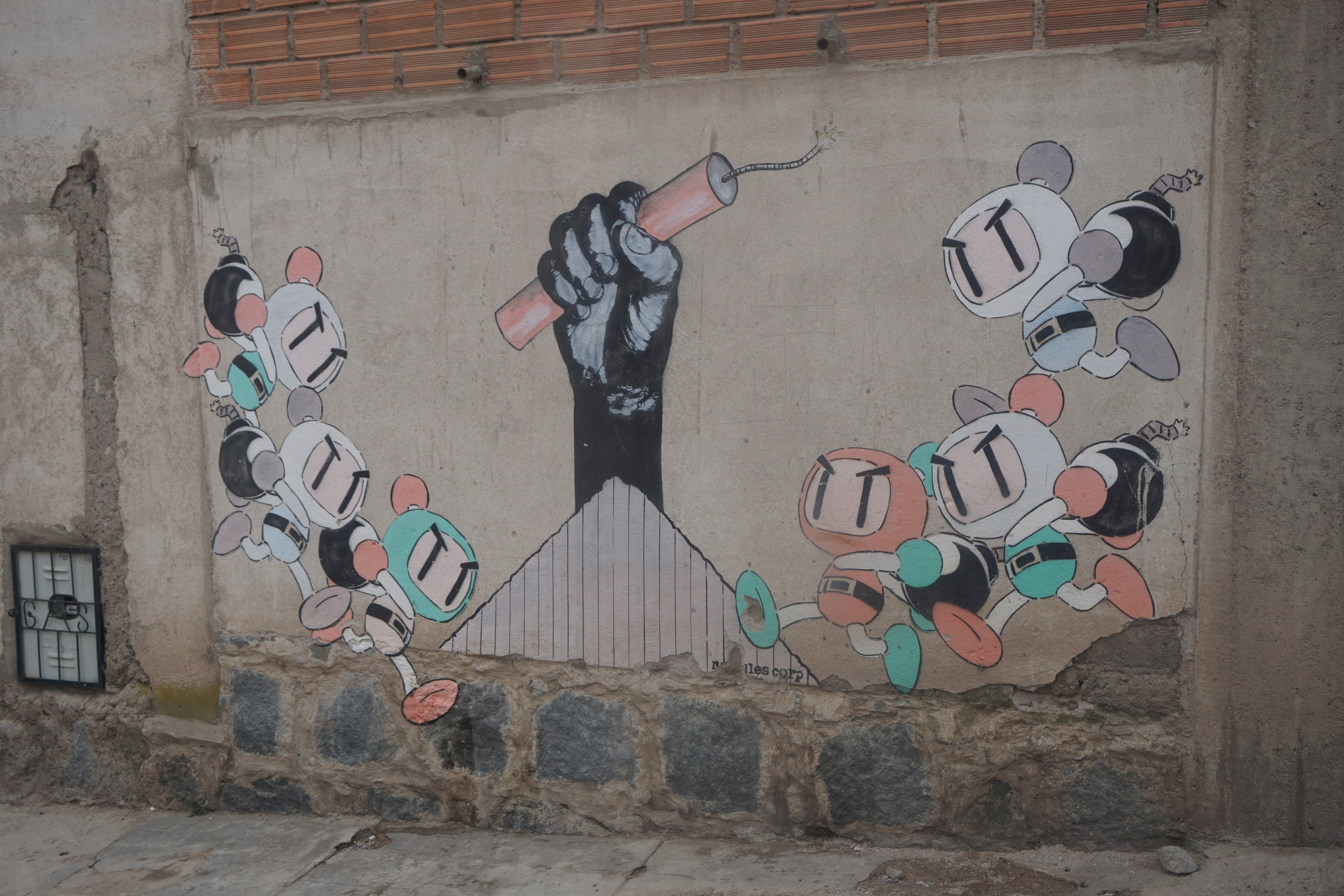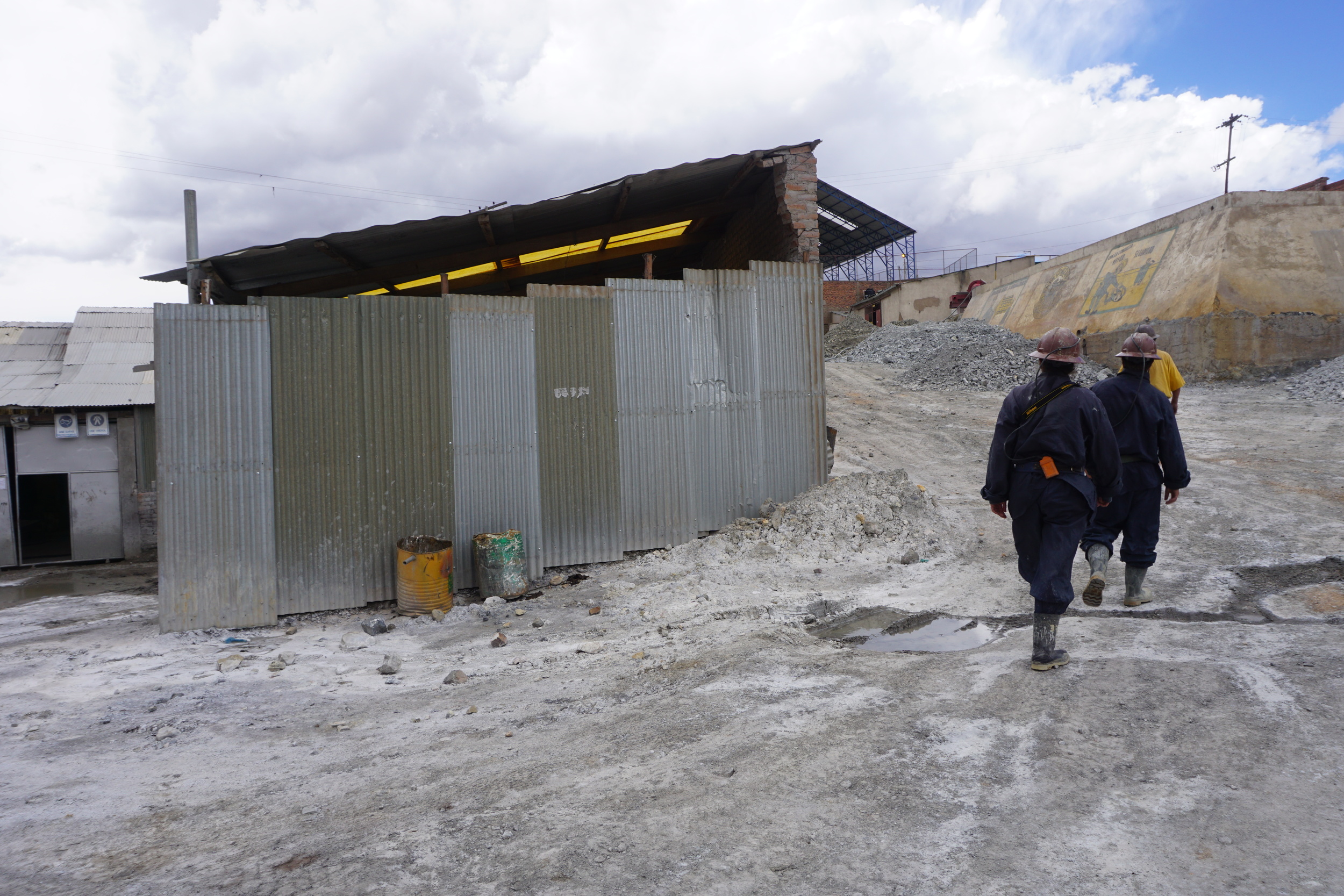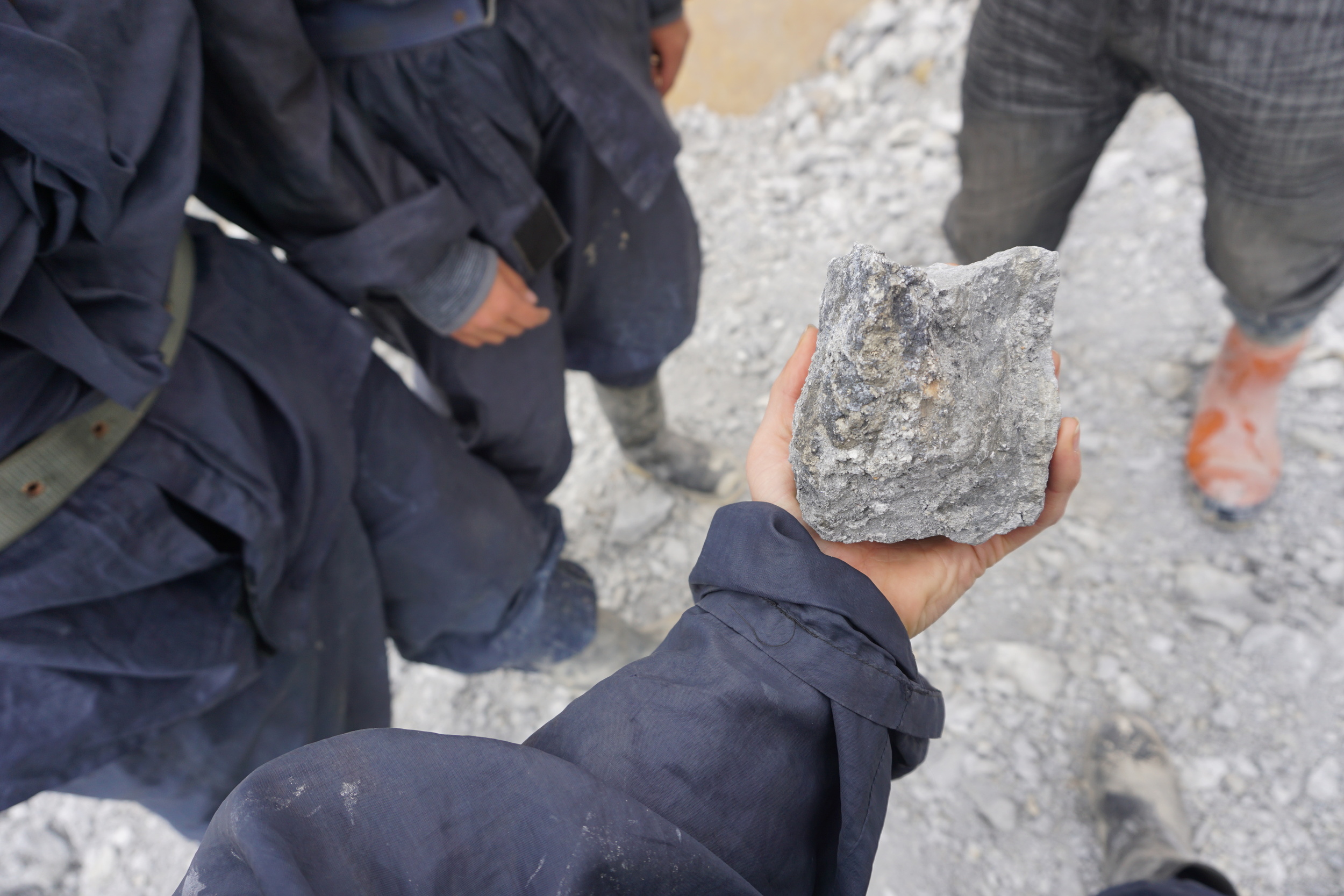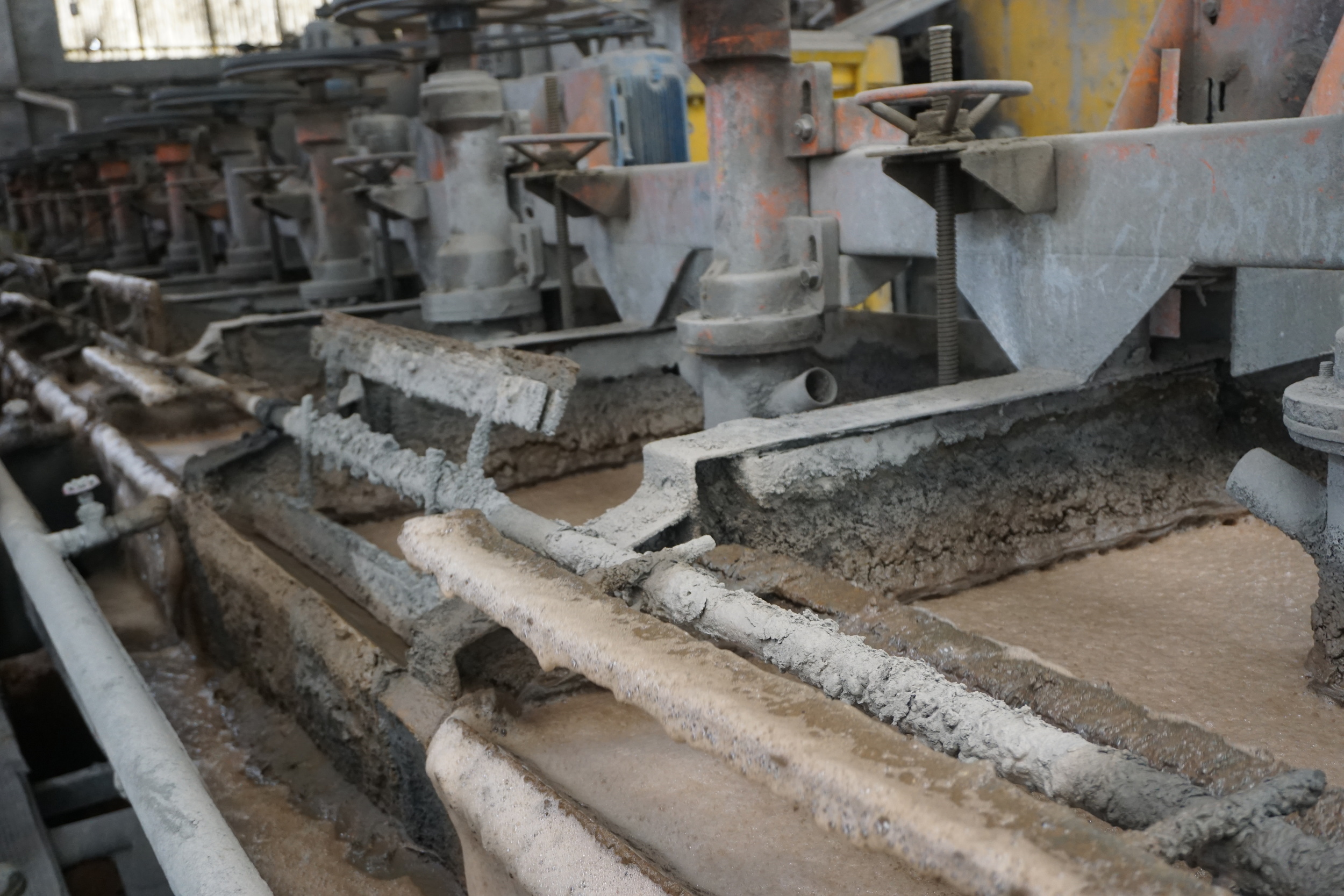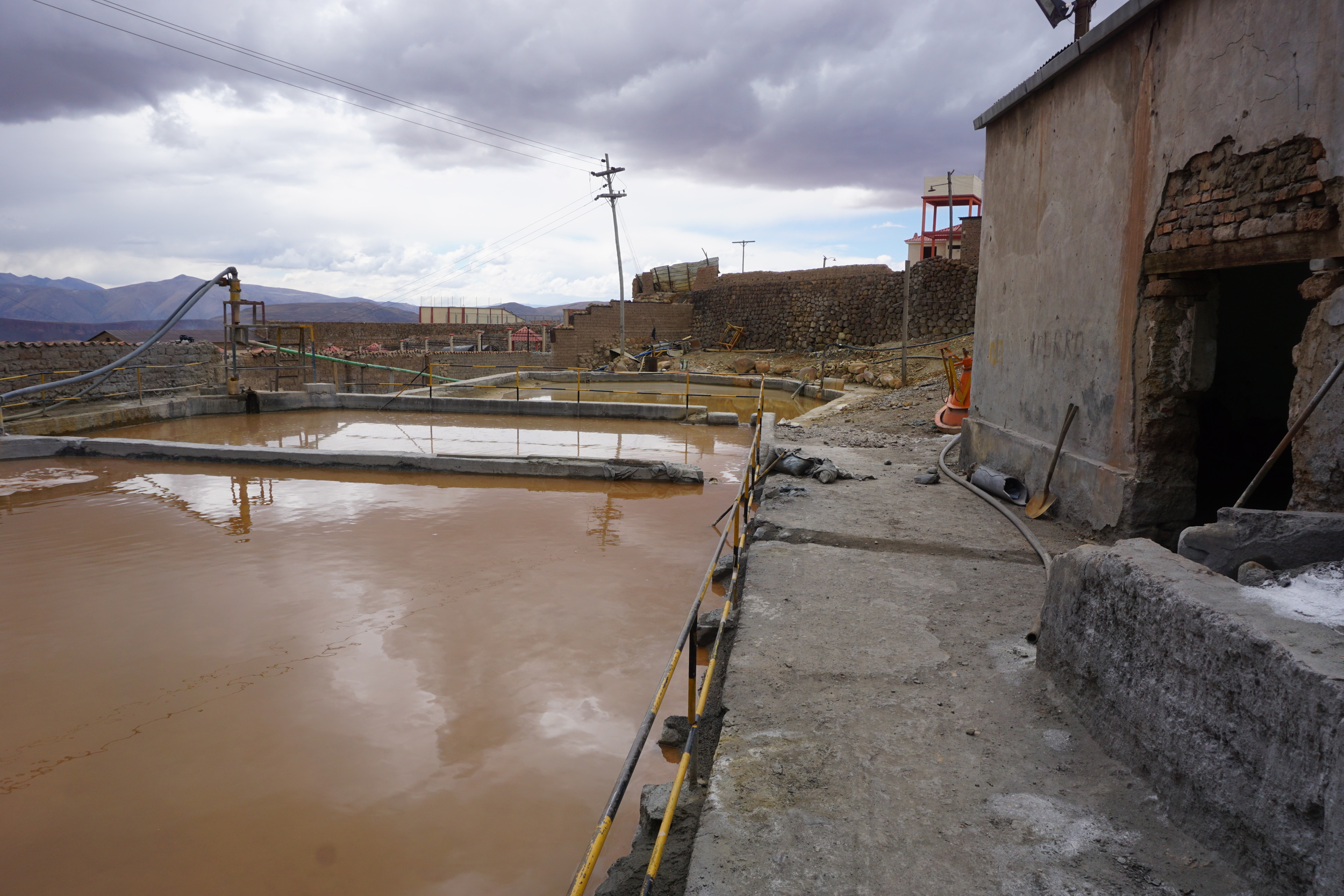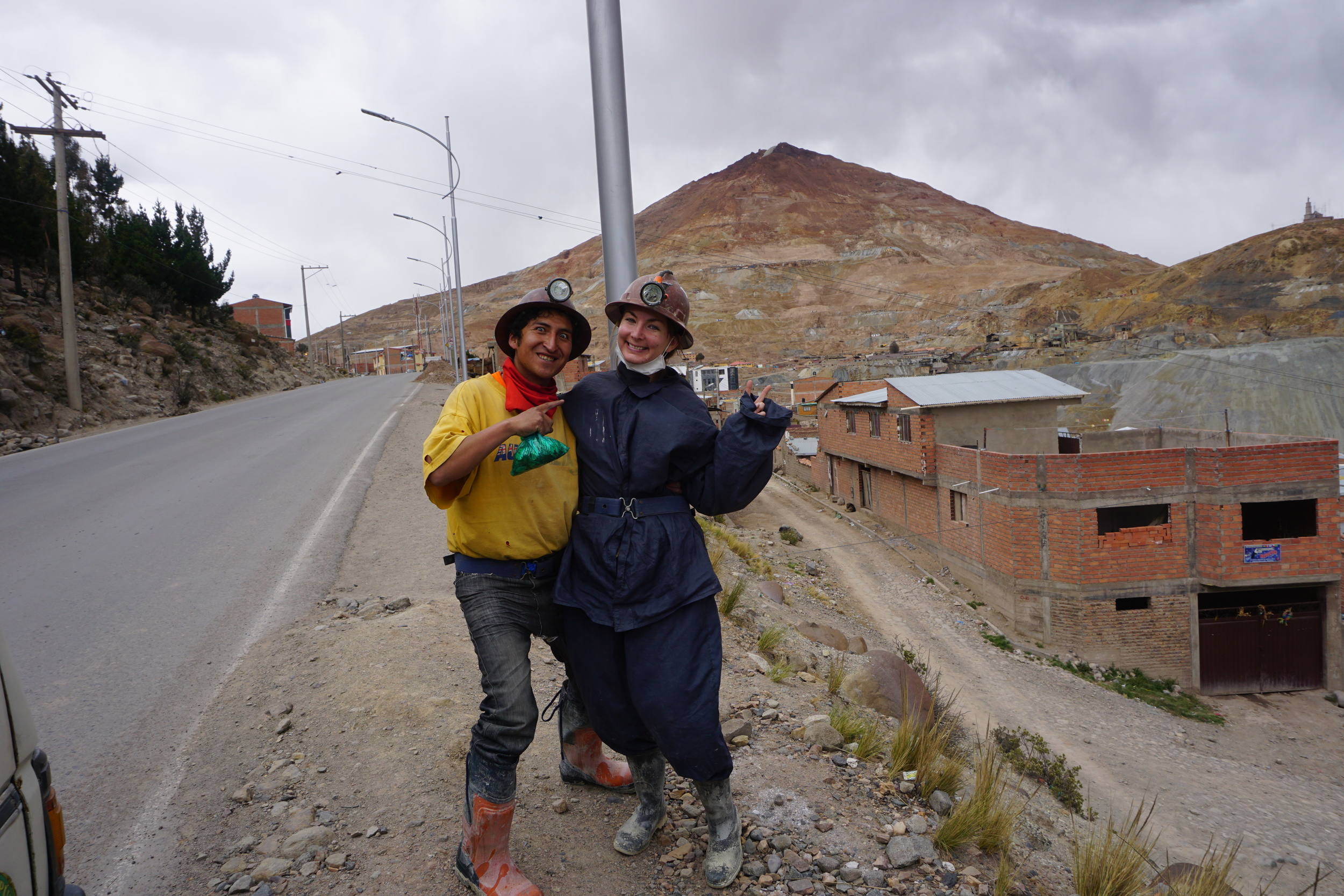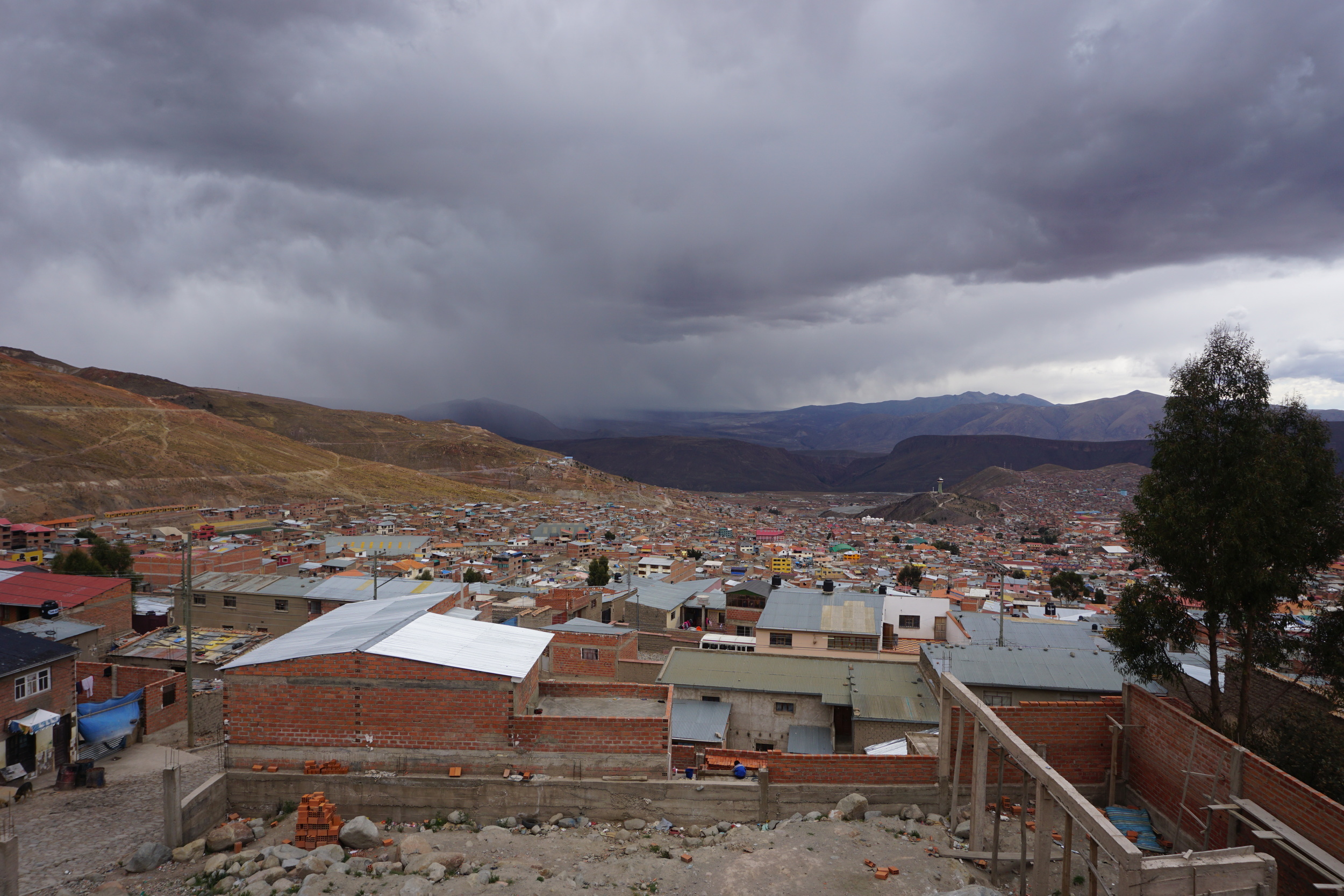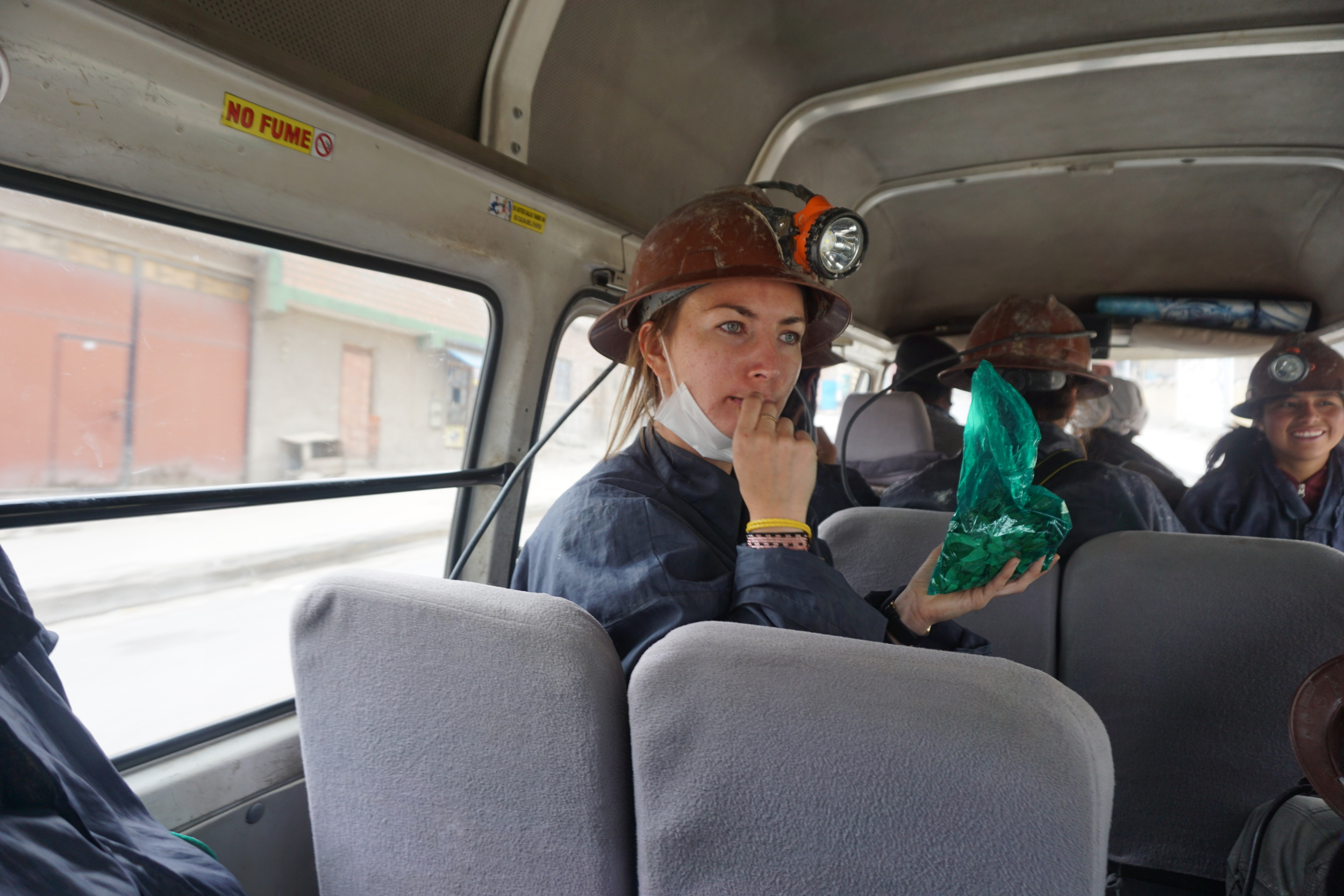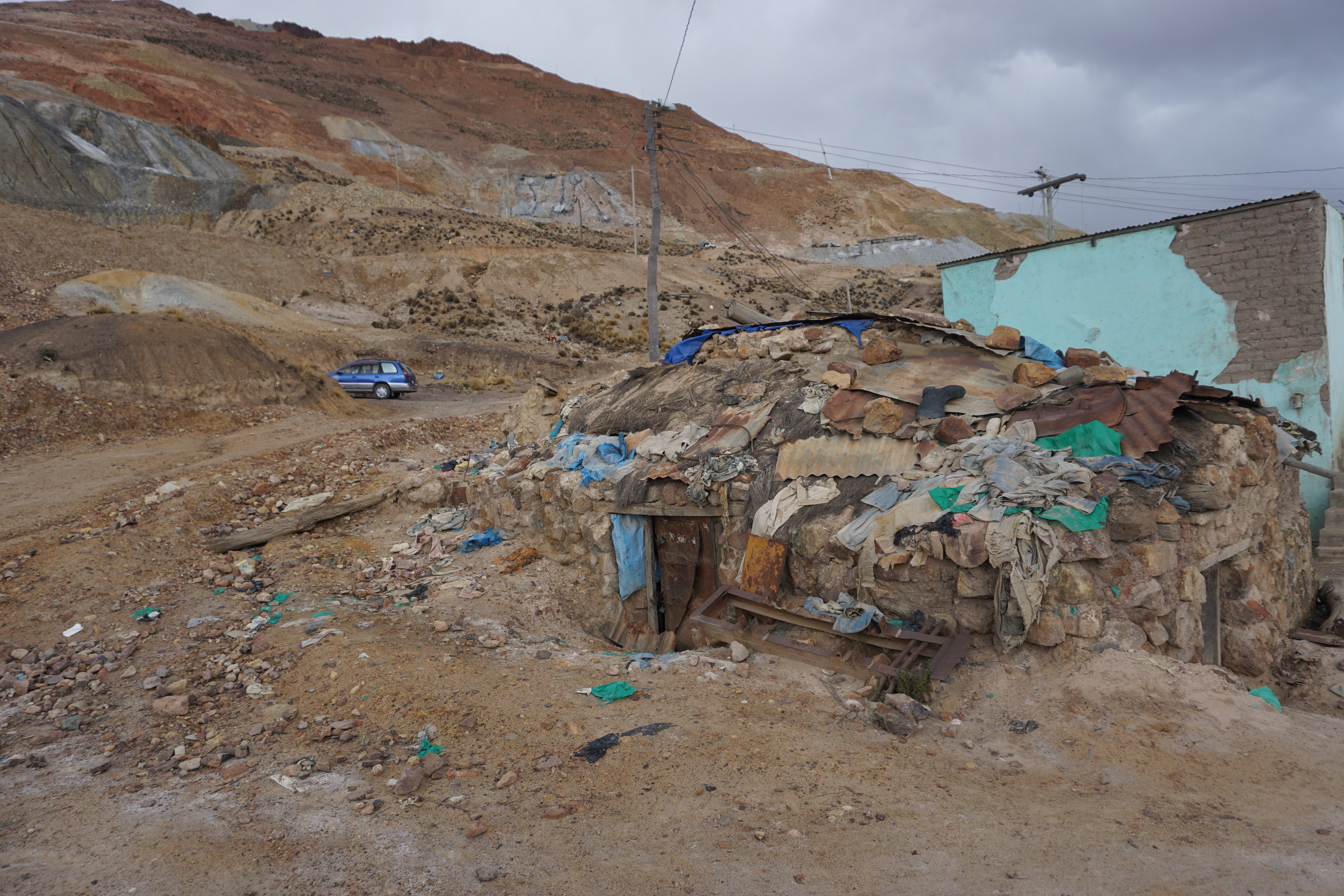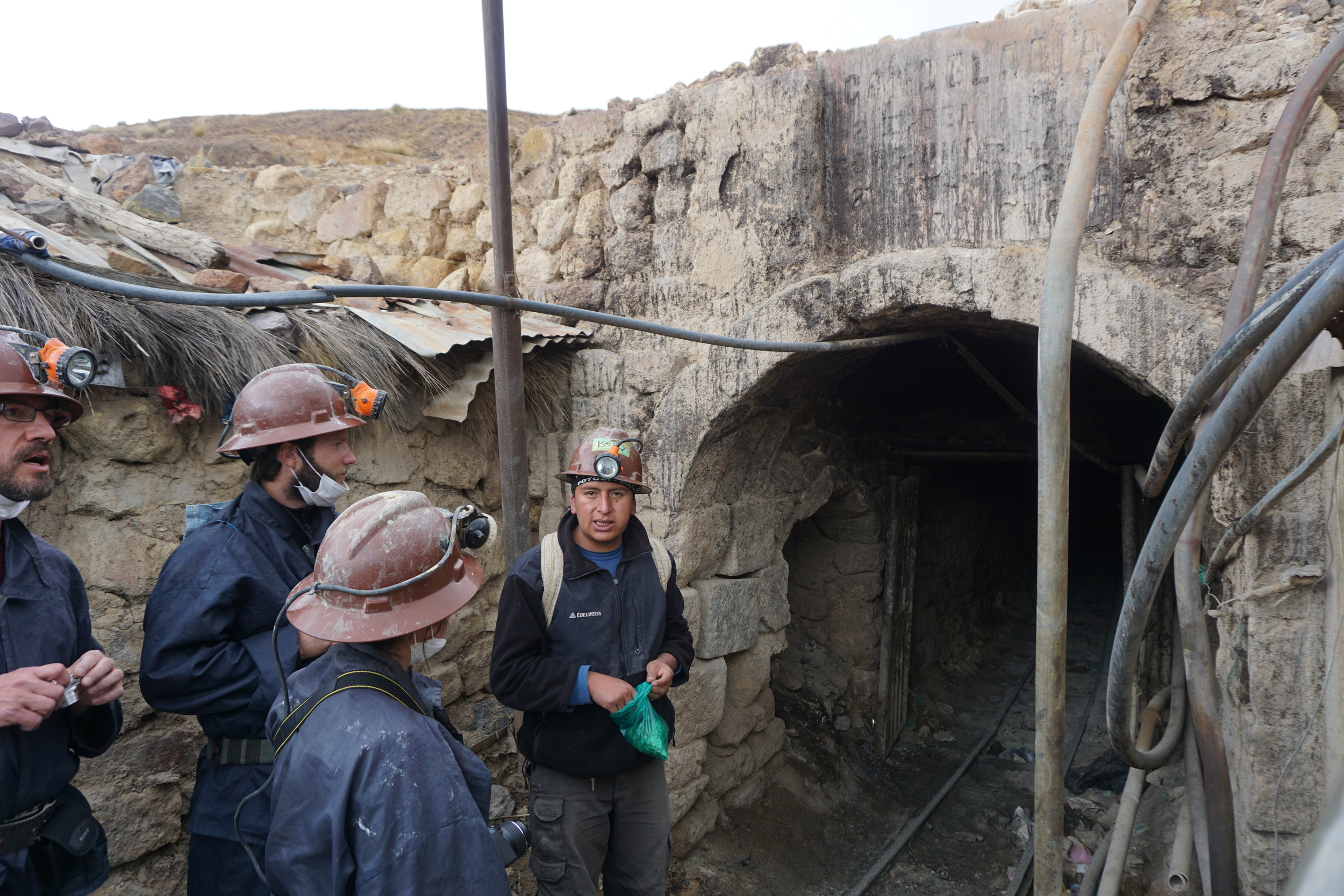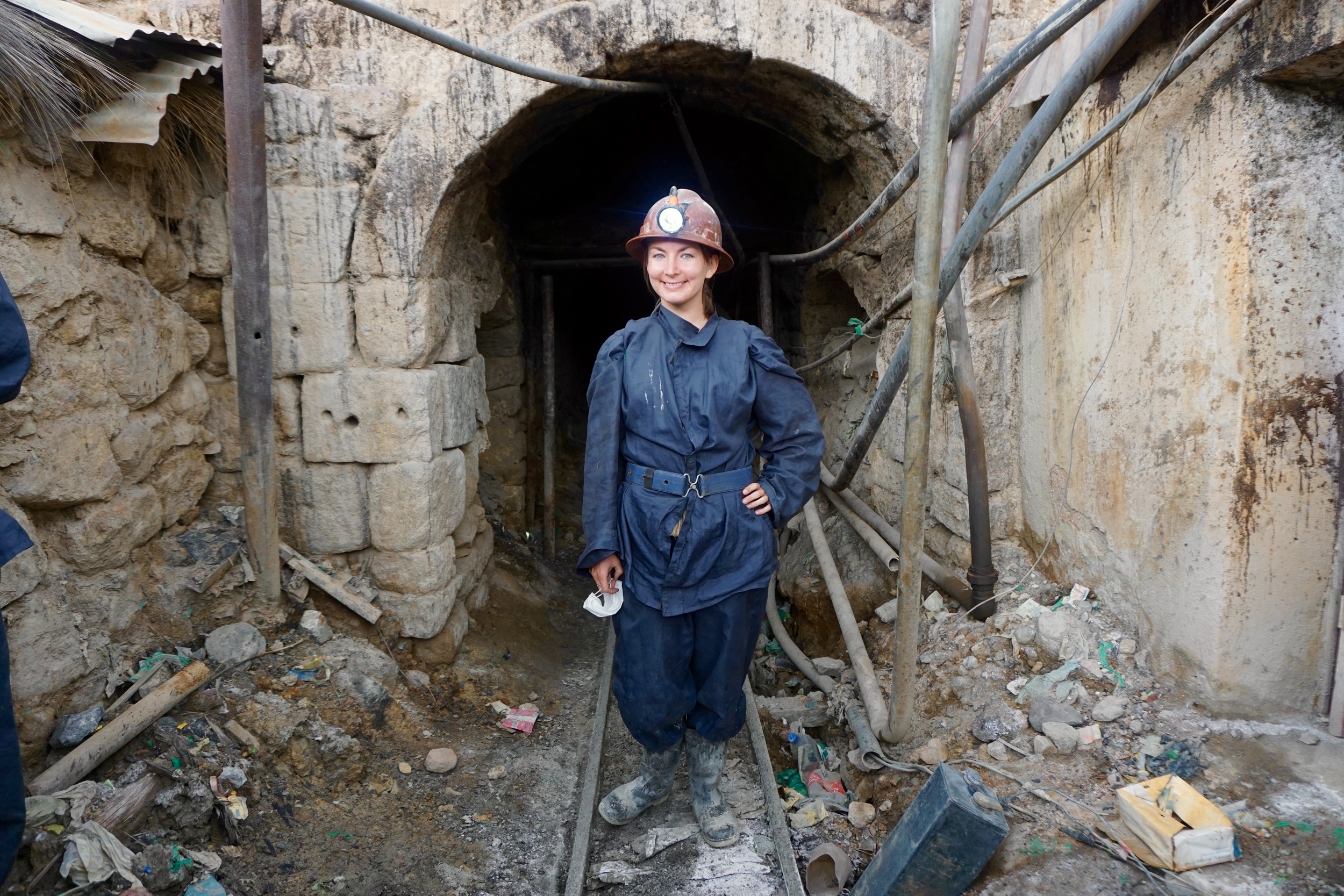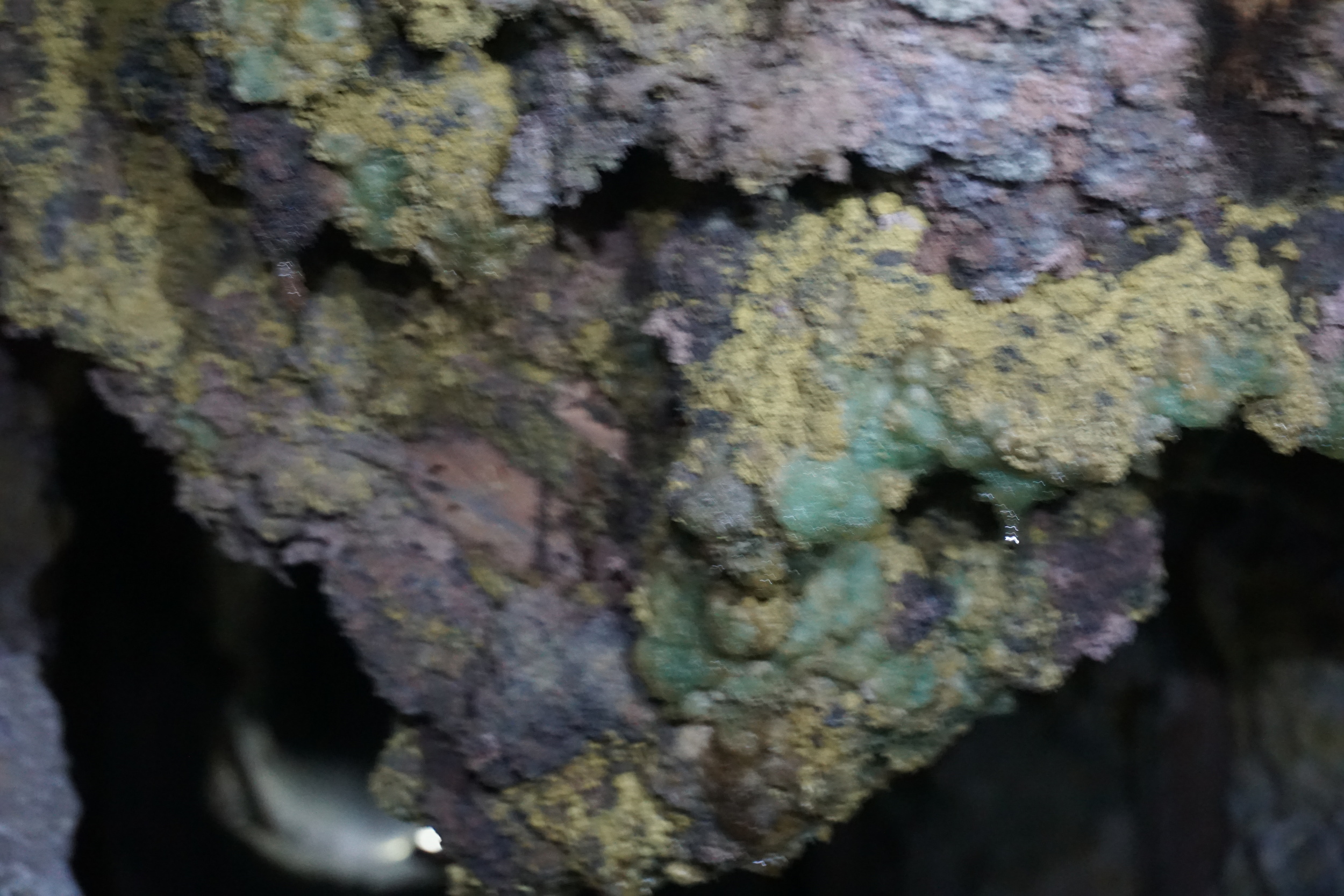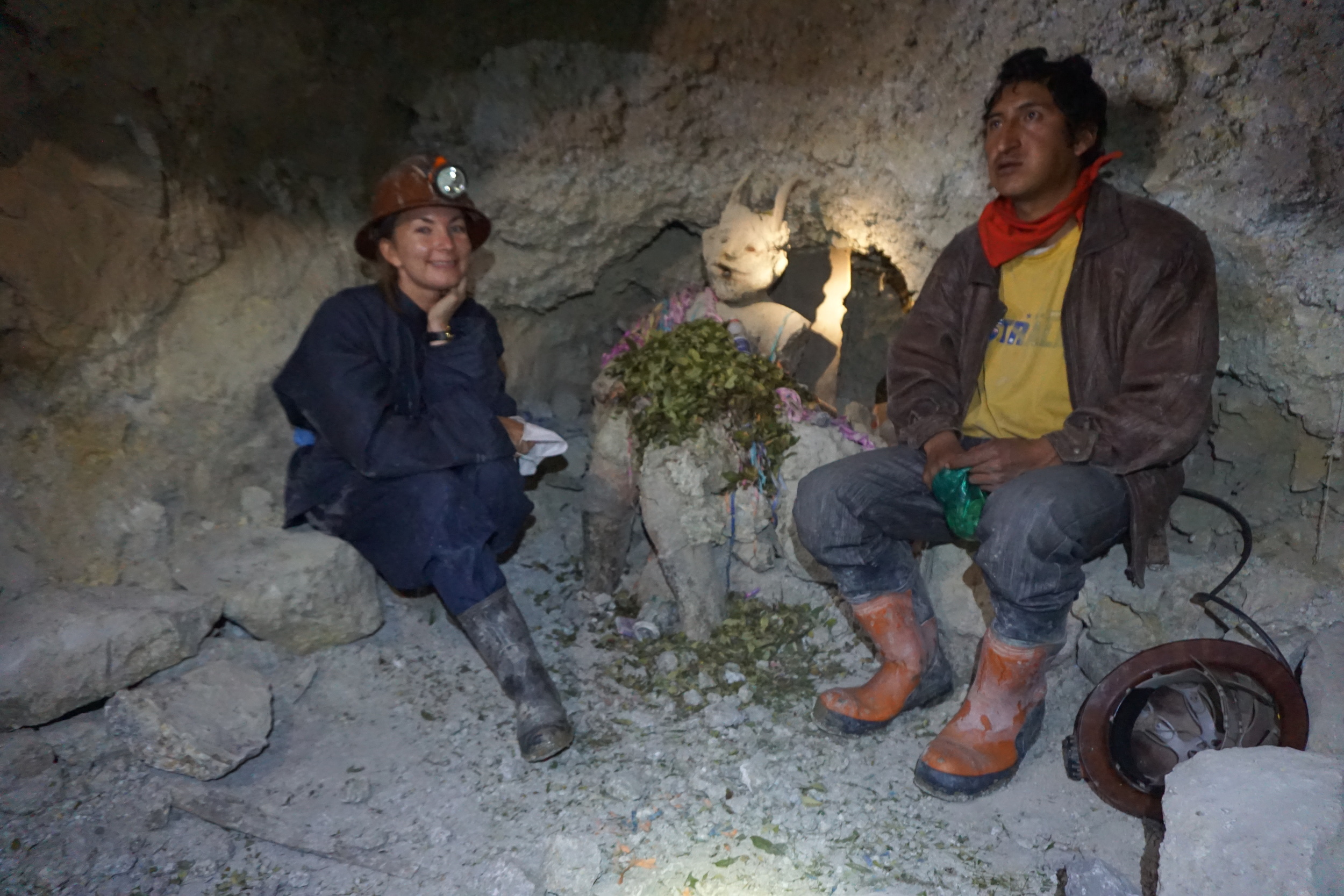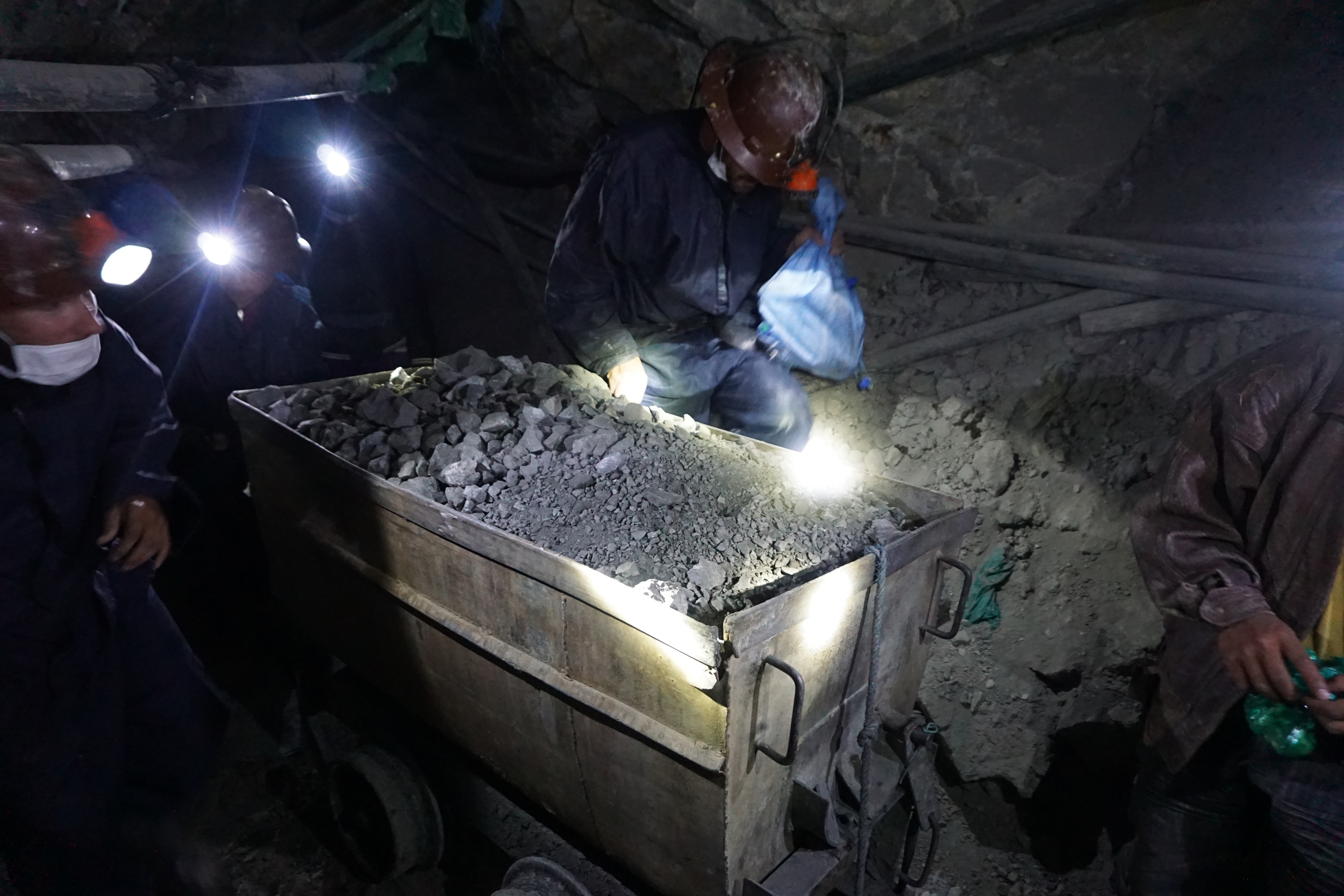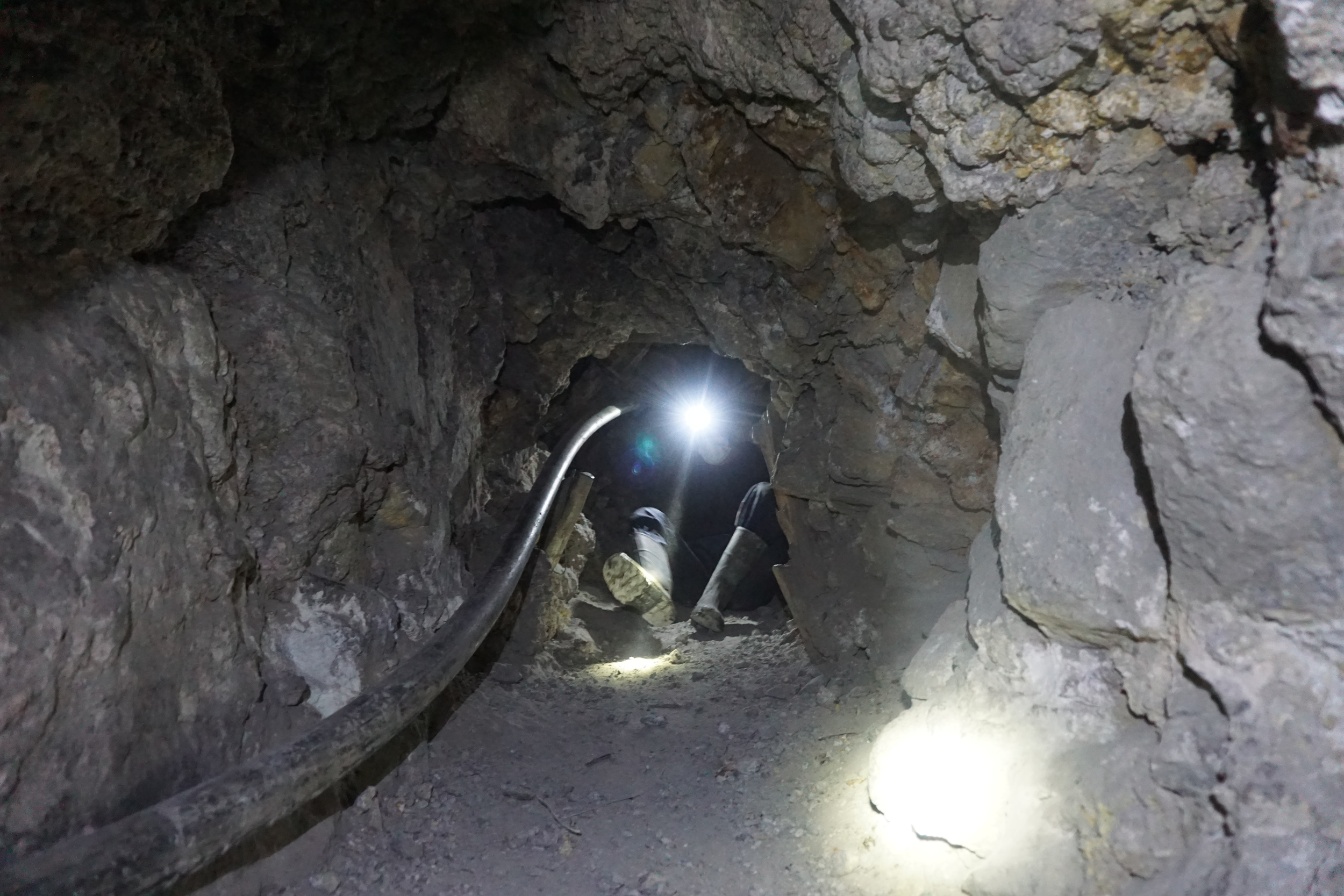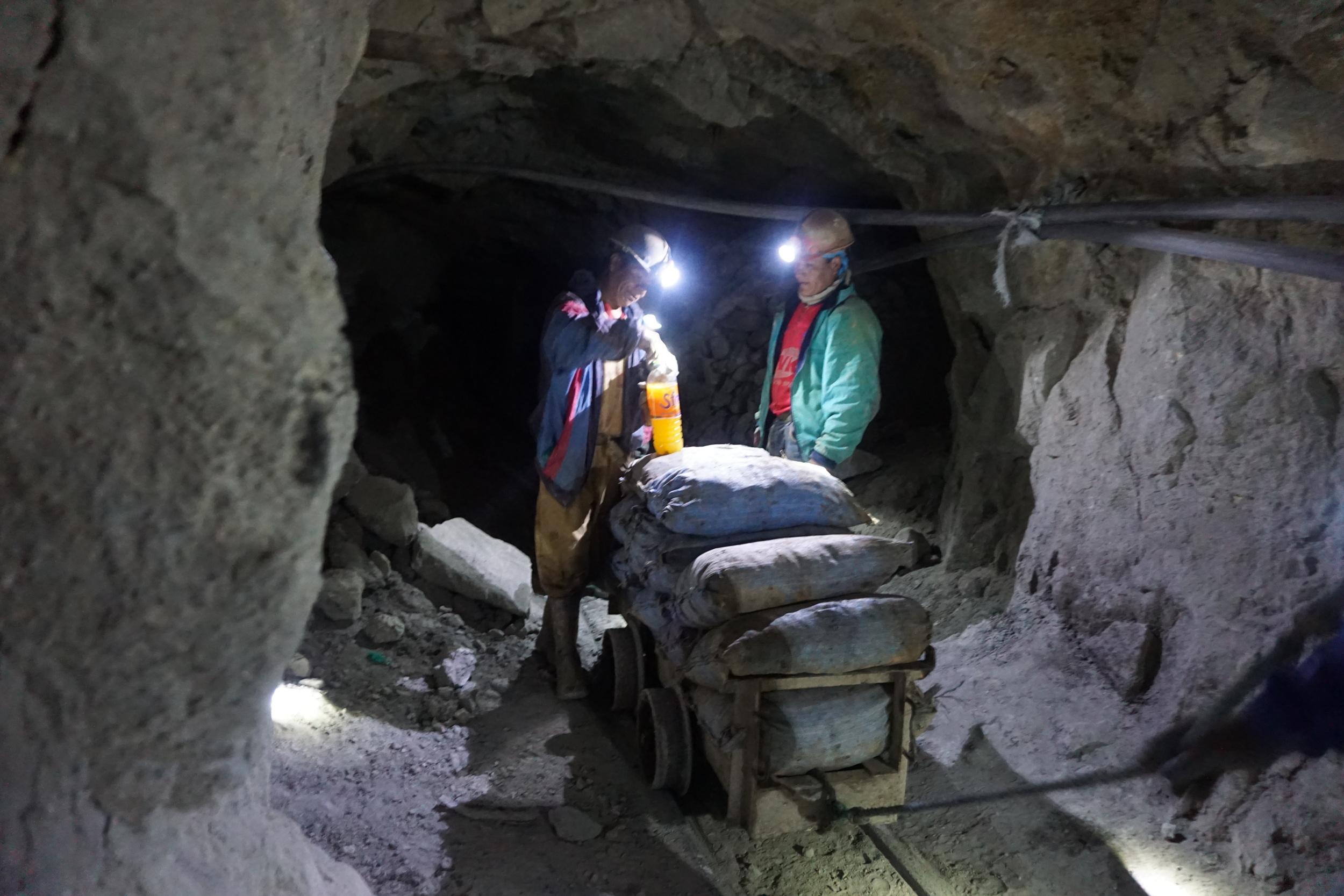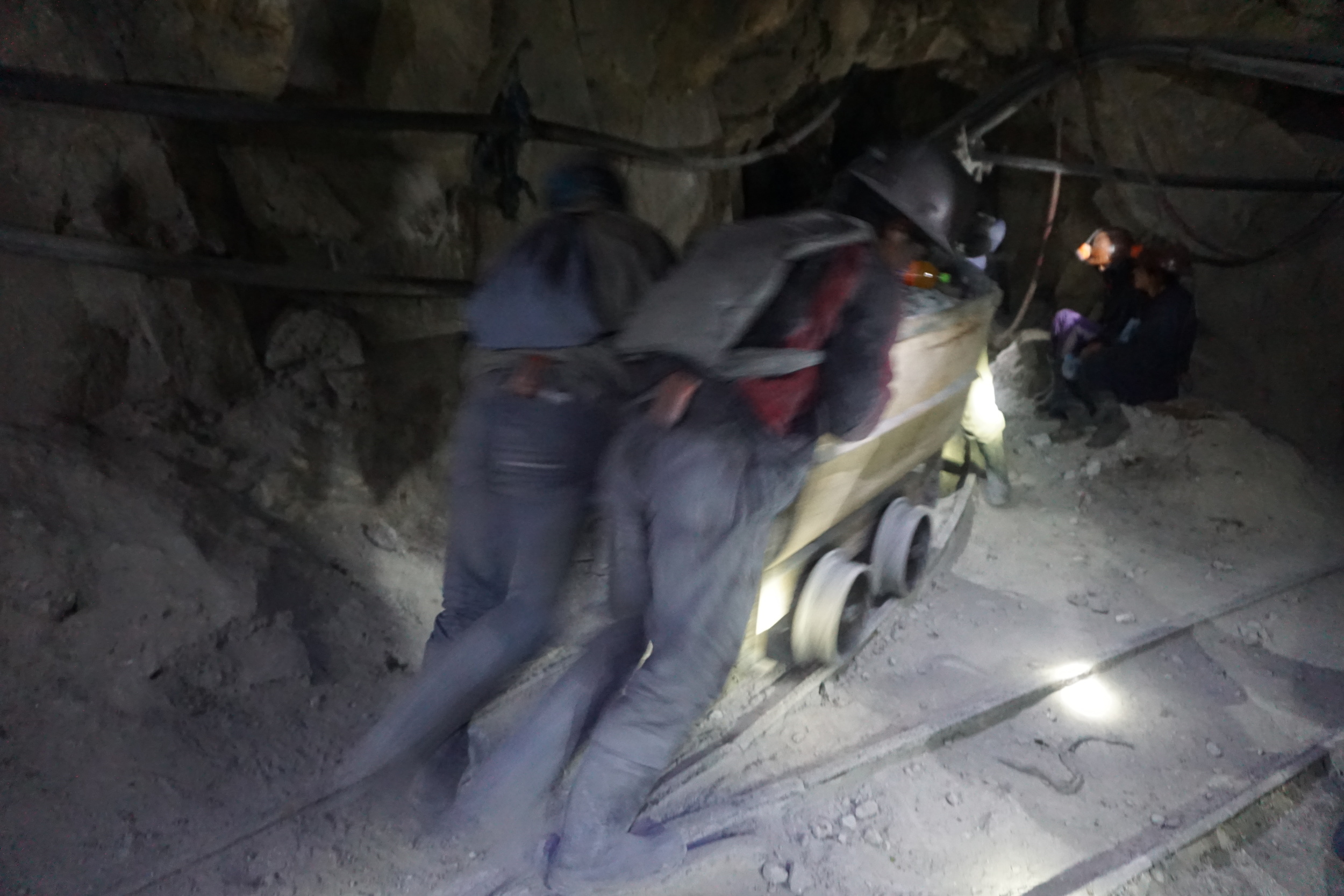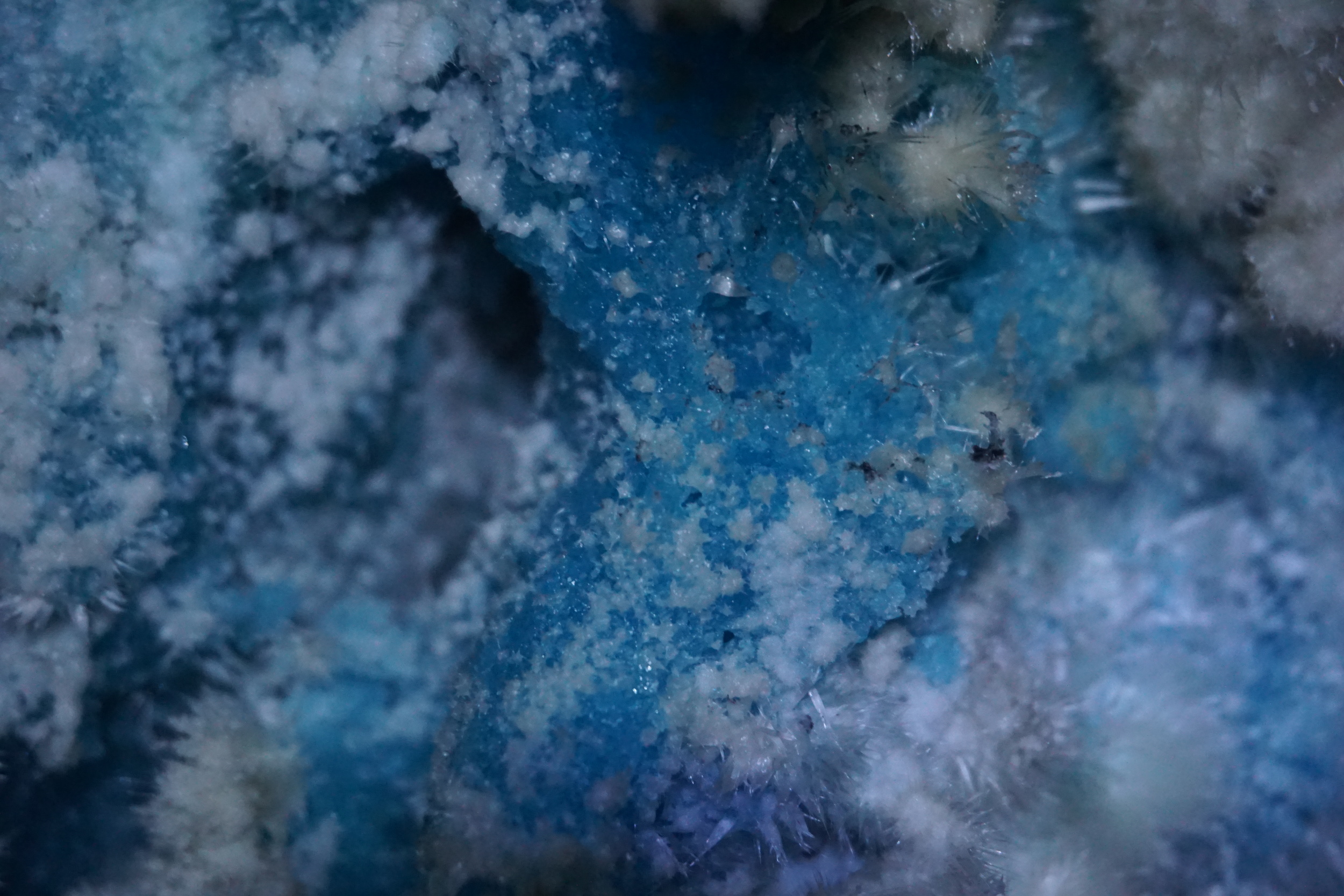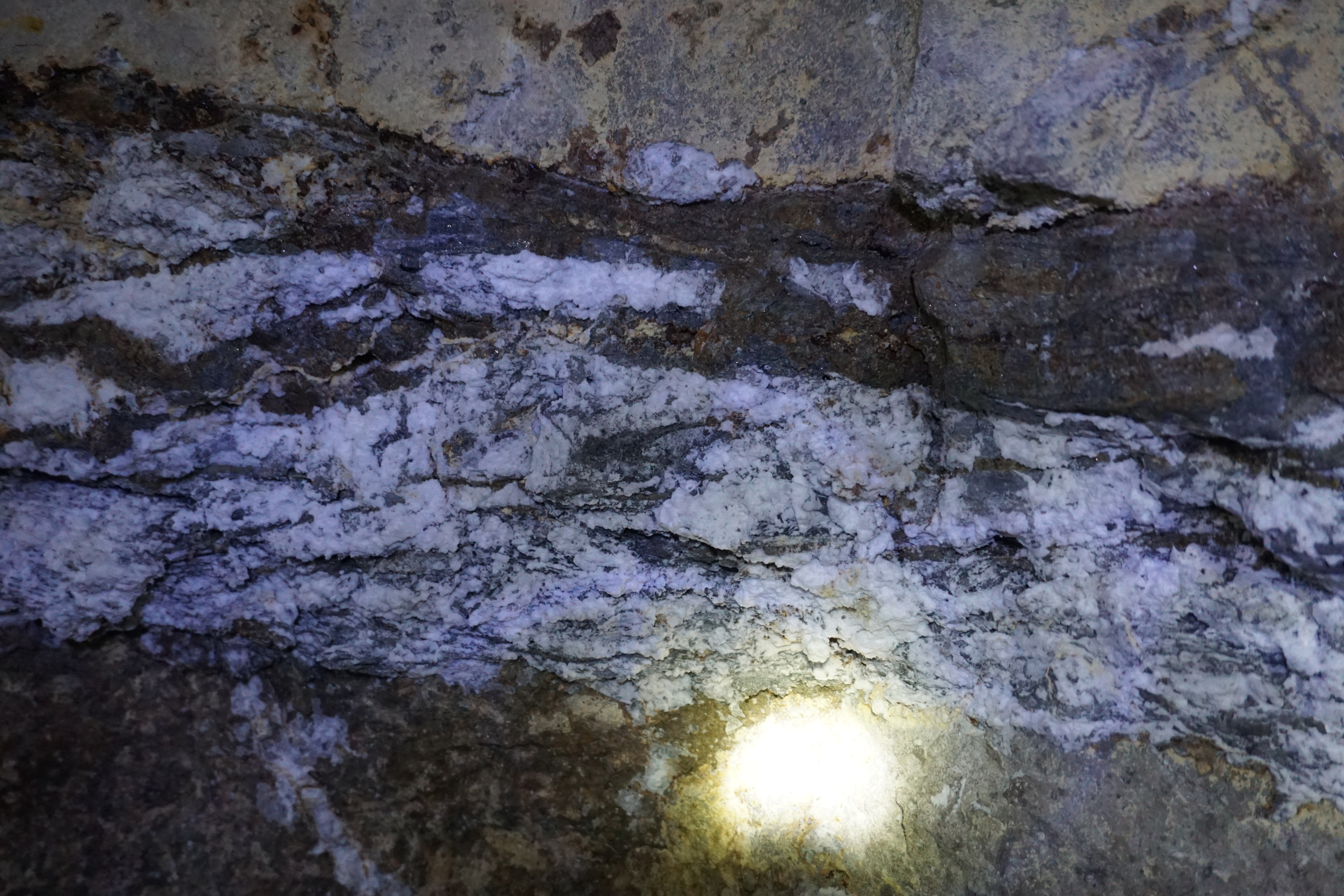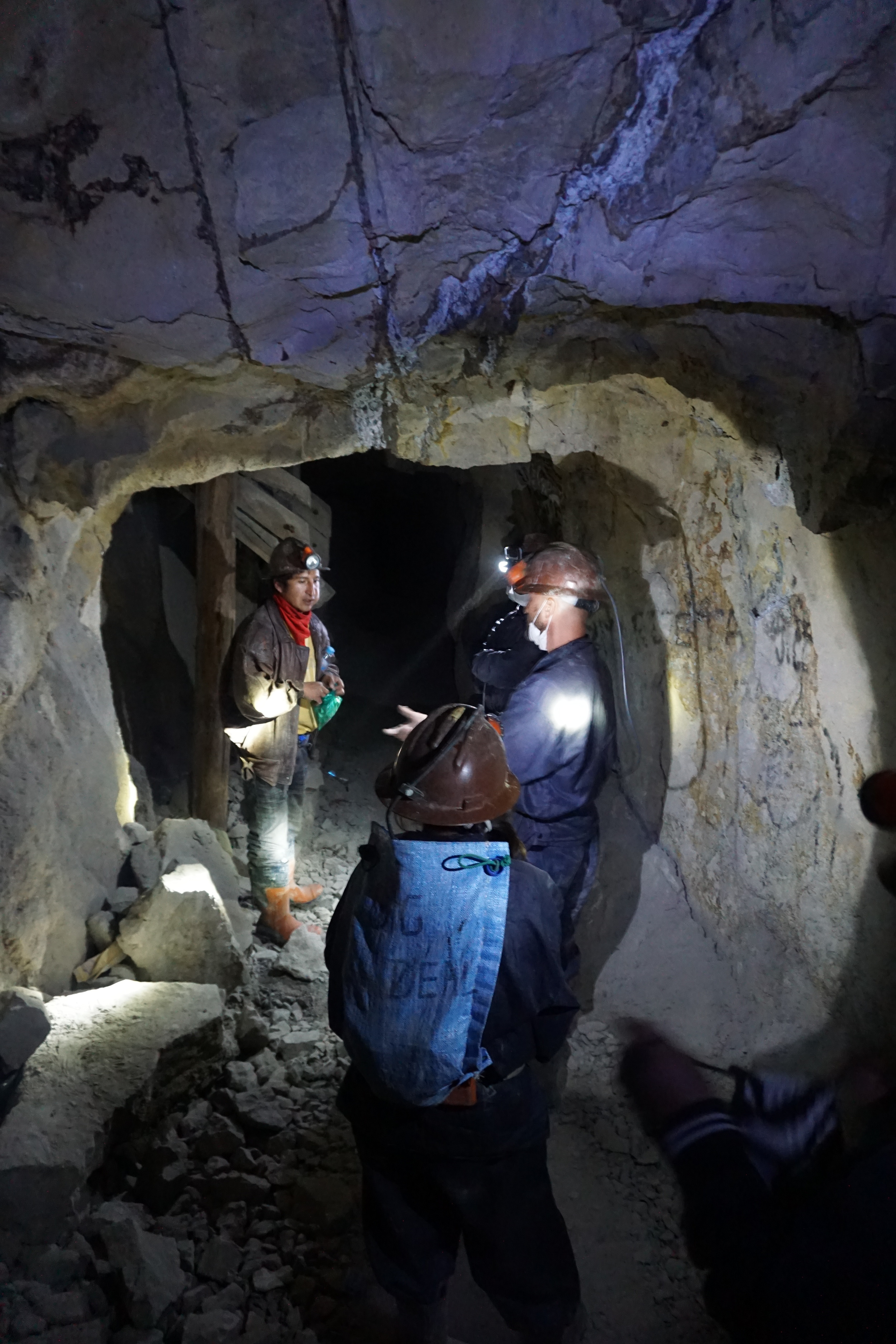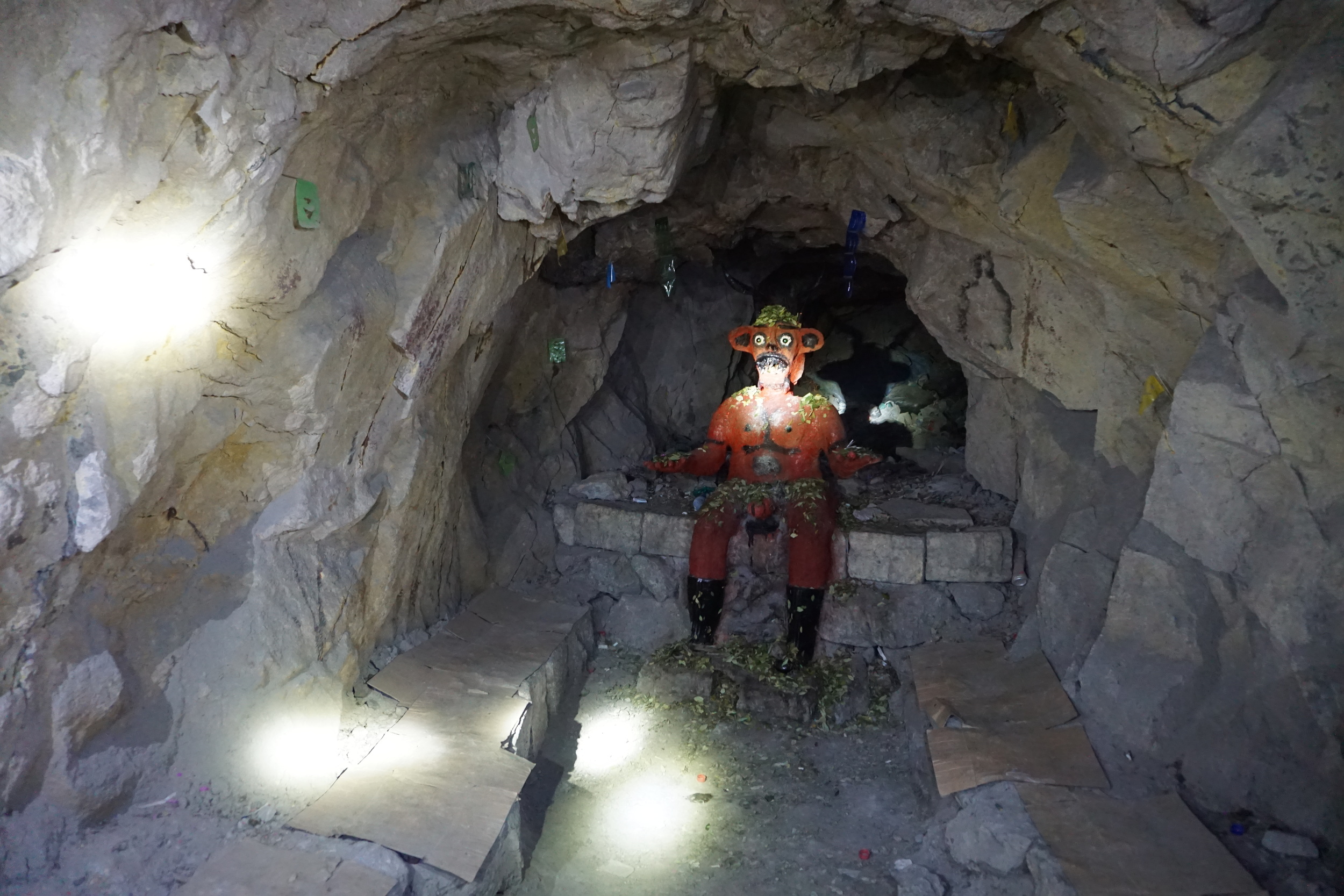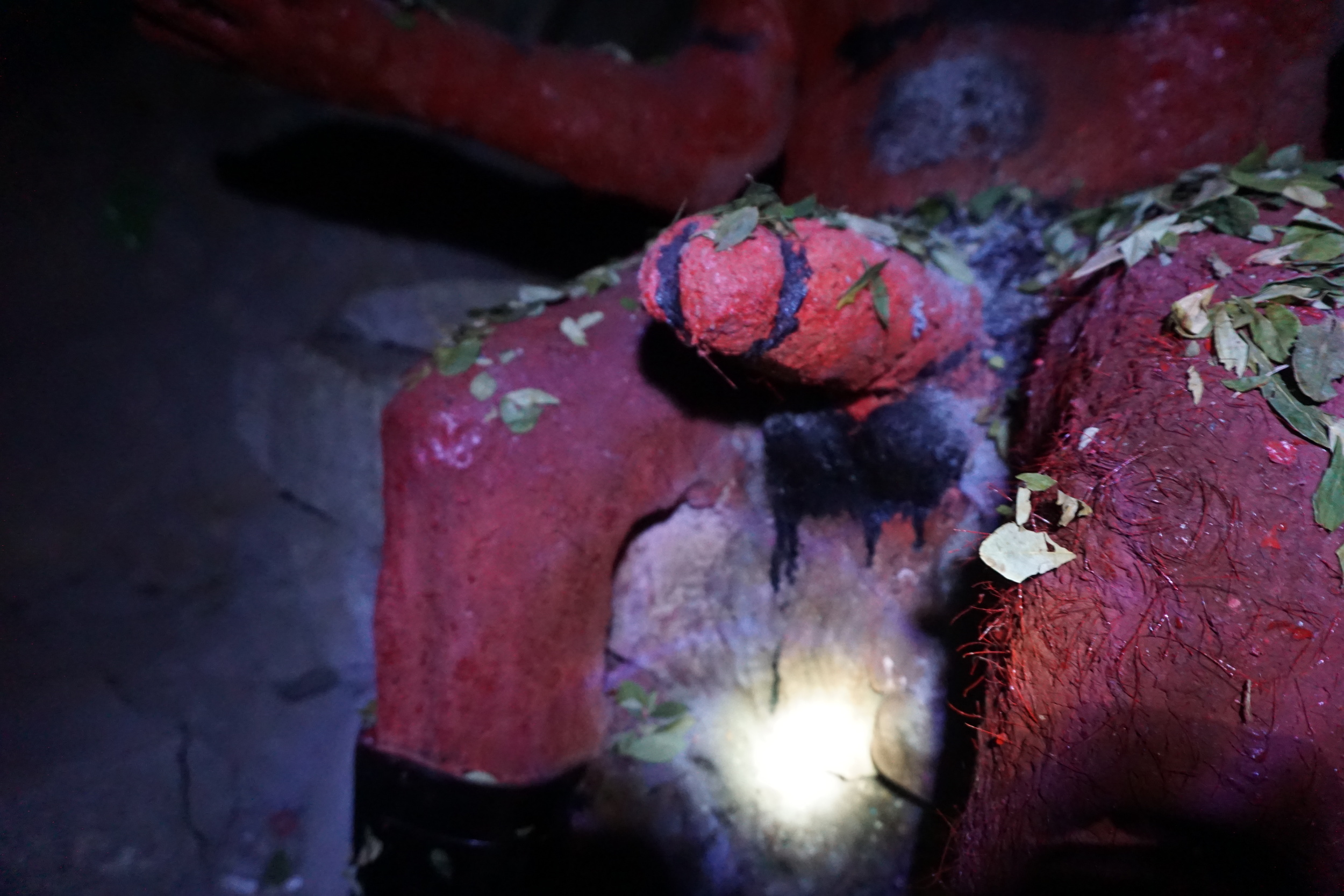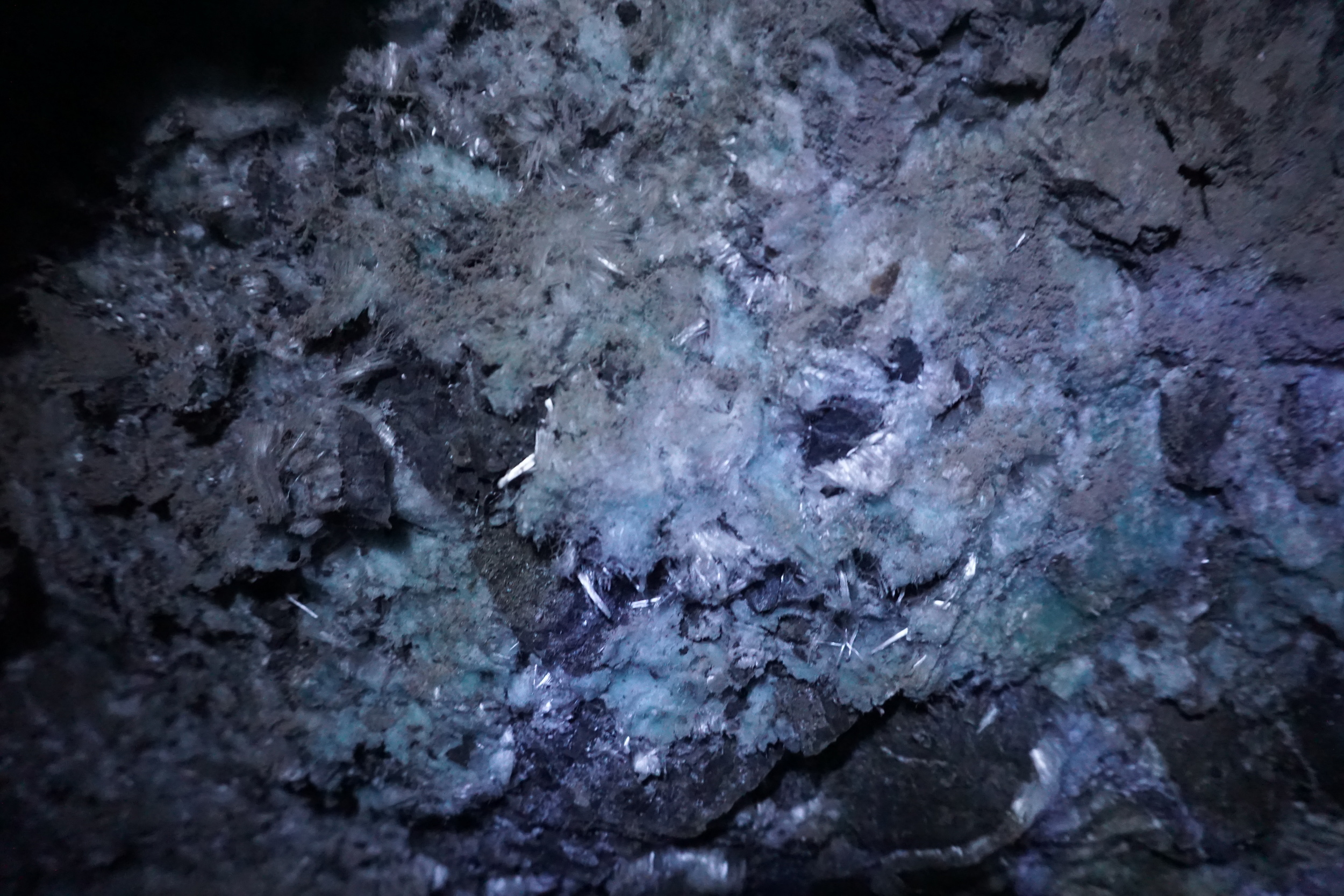As soon as we spotted her and got a sense of her scale, we ran across the tundra, paralleling her, and clamoured through a swamp and up to the top of the esker. I had my bear spray out of my pack. "I'll get the bear-spray ready, you get your camera ready," Dave said. " This will either be a good story or a really bad story".
The arctic wolf bounded across the tundra in a fraction of the time we did. She stared at us from a distance, trying to make out what we were. Staring us down, she ran towards us with her tail straight on and her ears back. Dave sprayed the bear spray in her general direction so she would get a bit of the pepper to make sure she stayed well away from us, and hopefully all humans. She backed off, and ran up over a hummock, and stopped at the top to study us more.
The helicopter pilot had just dropped us off, and was on his way back to the mine to fuel up. When we radioed him in all he caught was 'canine' and 'horizon'. There was no way he could turn back with the small amount of fuel in his tank, so he made off to fuel up as fast as he could. We continued on, digging holes and rubbing sediment through our hands, studying the composition, with our eyes consistently on the horizon. She never did come back, and our helicopter arrived before we were too lost in paranoia.
This is the first time I've been to the arctic arctic since 2011, when I completed my fieldwork for a diamond company in Baffin Island. Canada's eastern arctic on Baffin Island is, of course, much different than the central arctic.
The tundra is breathtaking as the colours change. We arrived in the third week of August, and about ten days in the colours seemed to explode. Yesterday, as we landed the helicopter in a large thermokarst land system, the colours were blazed by the sun, and I ran around digging holes, studying the sediment, filling the holes back in, describing this and that. Summer is precious and shortlived, and filled with so many blackflies and mosquitos that it makes you miss winter.
The tundra in the fall
Flying over the land you see what has been shaped by ice and water, and how the rock beneath orchestrates. There are so many lakes that your head spins; some deep and full of the largest fresh water trout you'll ever see; others shallow allowing ice to reach its depths during winter.
Sometimes you wonder how you ended up where you are, but as the helicopter dropped me off in a field of cloudberries, giving me a chance to graze on arctic berry all the way to a beach to study the modern material as an analogue to sediments thousands of years old, I I felt like I was in the right place. I'm happy that I'll be coming back again soon.
Height of my fishing career (it has peaked)











